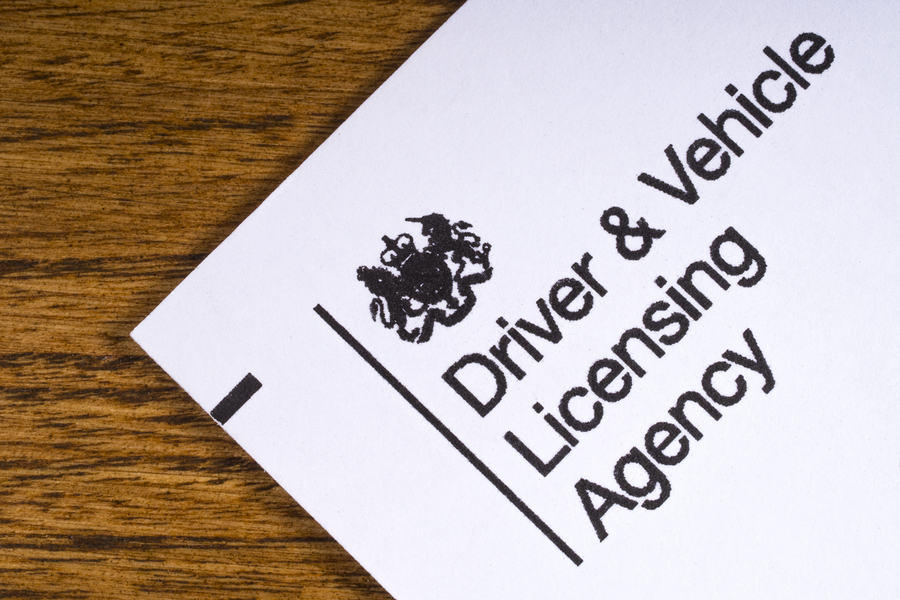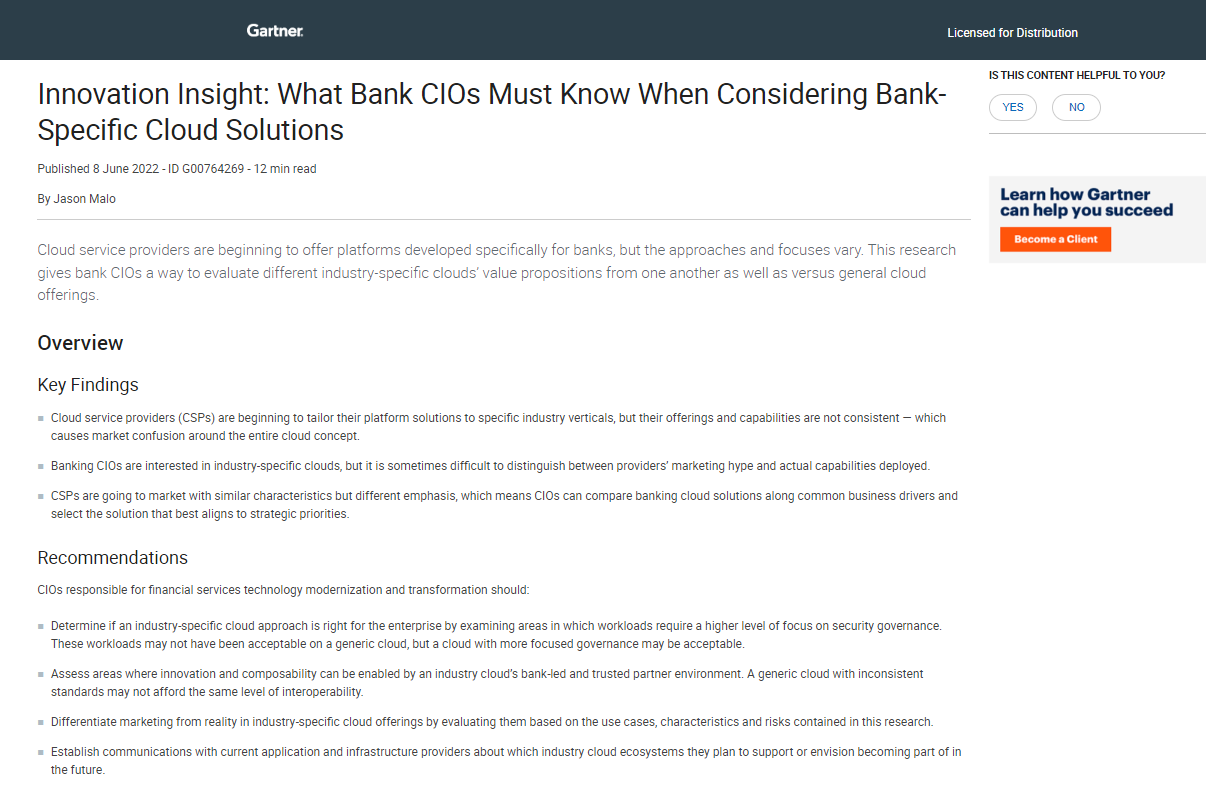DVLA refreshes IT strategy to cut legacy costs
CTO outlines plan to upskill internal IT at AWS Summit

The DVLA published a revamped IT strategy this week to meet its goals of cutting IT spend by 40% over the next three years, and moving from its 20-year-old legacy infrastructure into the cloud.
"Three-quarters of what we spend our money on is keeping the lights on," said CTO Dave Perry, speaking at Amazon Web Services' AWS Summit in London today. "We want to invest in new services, so we have to get the balance right. We have to change our legacy systems to a new approach."
That new approach includes AWS, on which DVLA hosts several digital services.
"Our biggest opportunity is our cloud-first strategy and AWS is the first choice for that," Perry added. "It gives us the agility to deliver really quickly."
Public services the DVLA hosts in AWS's UK data centre include allowing people to inform the organisation when they buy or sell a car, a card payment service for vehicle, fuel and road taxes taking around 2.5 billion annually, and an API taking a billion calls a month from people finding out how much their vehicles are worth.
Citizens can also inform DVLA of their fitness to drive online.
The trouble the DVLA has is keeping existing services running on its legacy infrastructure while moving those services into the cloud.
Sign up today and you will receive a free copy of our Future Focus 2025 report - the leading guidance on AI, cybersecurity and other IT challenges as per 700+ senior executives
Its IT strategy describes "an incremental peel off from legacy" to public cloud, and to standardise tools and processes across on-premise and virtualised environments where it can't move some services online, instead.
The DVLA protects 48 million UK drivers' records, licenses 41 billion vehicles and allow 33 million people to renew their driving licenses online, plus cope with nearly 7 million direct debit users paying online.
"And we still have to manage those systems while we're changing them," Perry explained. "We're investing in our own IT team to be able to do that -- 600-700 IT professionals and contract resources to do that with."
The organisation's strategy outlines that 10-15% of its IT team are outsourced to help manage peaks in demand, but for internal capability, the strategy states that its plans to adopt more digital services will "have a significant impact" on the number and types of jobs required and the skills those people will have.
Perry admitted that some in the audience might wonder why they would join the DVLA, but said: "If you can reach the size and scale [at an employer] that we have then that's a really great and exciting opportunity."
The DVLA was one of the first UK organisations to move to AWS's UK data centres when they opened last December, and Perry admitted that one of the drivers for doing so was to guarantee UK citizens' data would remain in the UK.
But he added: "There's a lot of talk about where data exists and frankly I don't want to have that debate, I want to build new and exciting services, and [moving to AWS's UK region] takes that [discussion] off the agenda."
-
 Short-sighted cloud migrations leave most CIOs trapped in technical debt
Short-sighted cloud migrations leave most CIOs trapped in technical debtNews With budgets tightening, CIOs are being forced to tackle technical debt accumulated during the cloud boom period
-
 Accelerating your IT transformation
Accelerating your IT transformationWhitepaper How Cloudflare is innovating for CIOs to start 2023
-
 What bank CIOs must know when considering bank-specific cloud solutions
What bank CIOs must know when considering bank-specific cloud solutionsWhitepaper Giving banks a way to evaluate industry-specific clouds' value propositions
-
 CIO Priorities: 2020 vs 2023
CIO Priorities: 2020 vs 2023Whitepaper Zero Trust, SaaS Security, and its impact on SD-WAN being a priority
-
 Embracing SaaS: a blueprint for IT success
Embracing SaaS: a blueprint for IT successWhitepapers Establish and lead a defined software-as-a-service strategy
-
 Microsoft will buy out your Box, Dropbox or Google contract
Microsoft will buy out your Box, Dropbox or Google contractNews Redmond offers free OneDrive for Business subscriptions to cover remainder of rival contracts
-
 Google to launch a digital marketplace for cloud-based apps
Google to launch a digital marketplace for cloud-based appsNews Cloud giant's partnership with MobileIron will see it increase its app offering
-
 University of Cambridge researchers share data via Dropbox
University of Cambridge researchers share data via DropboxCase Studies Cambridge plans wider rollout after initial success with astronomy and public health teams

